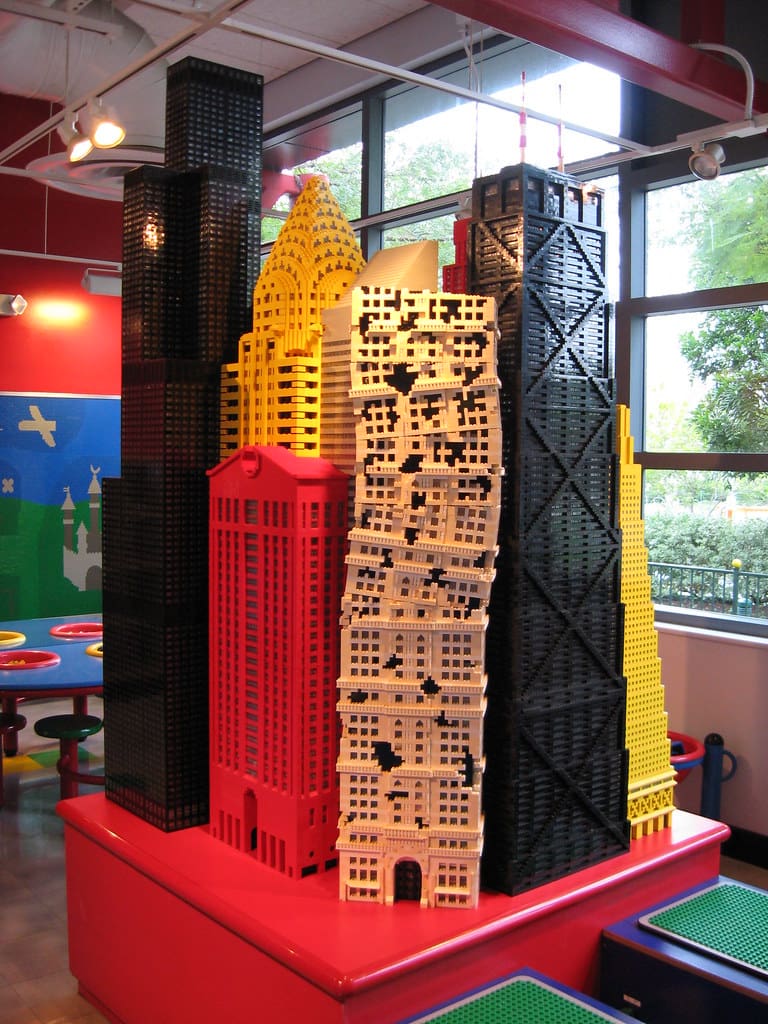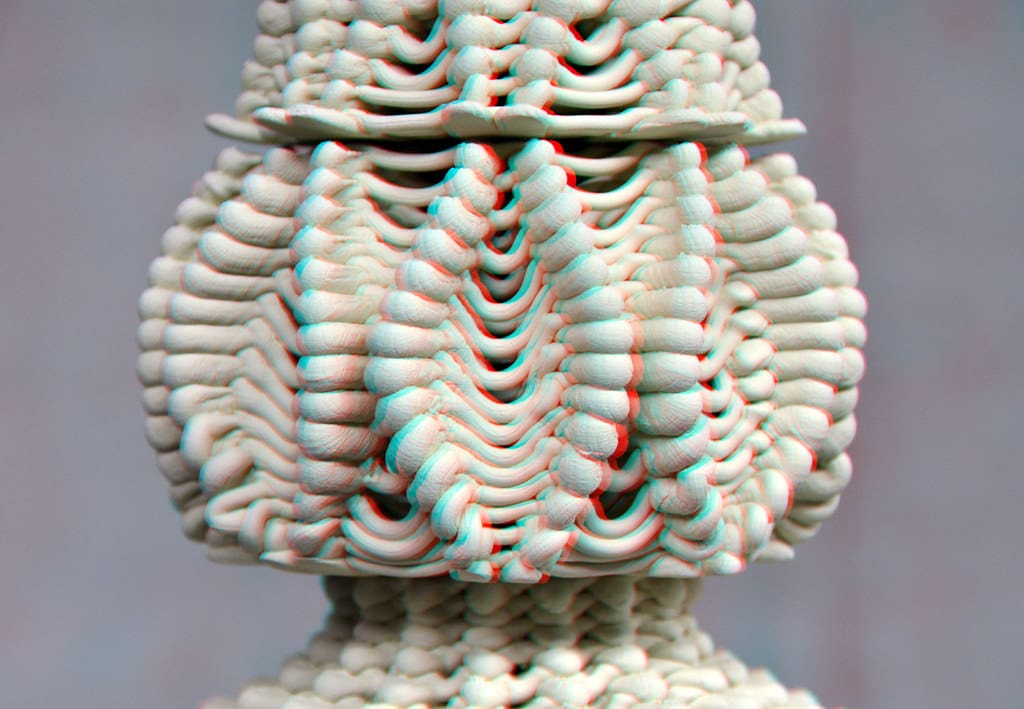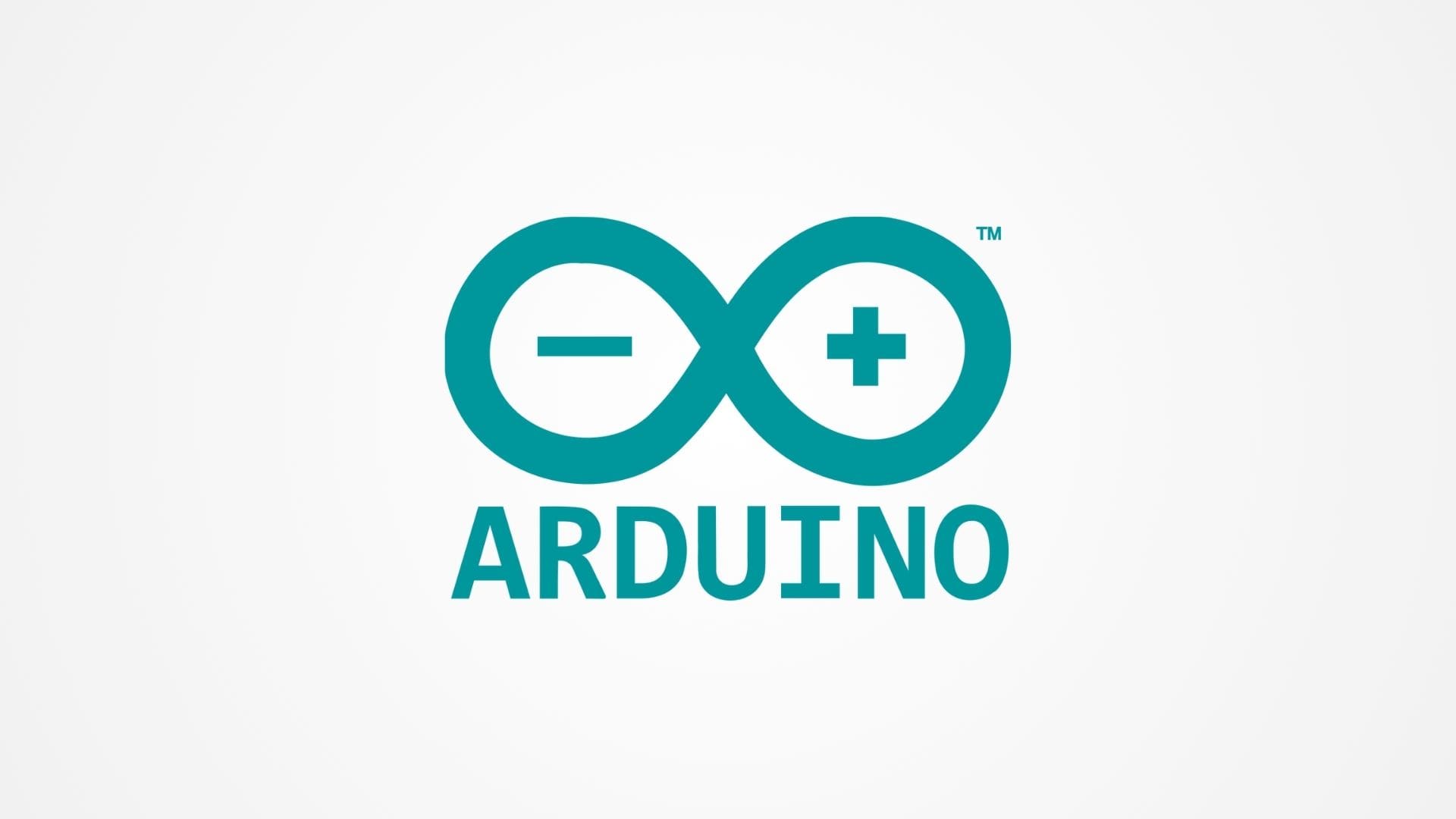Seismic architecture involves designing structures that can withstand the stresses and deformations caused by earthquakes. This field has seen significant advances due to the introduction of 3D printing, which offers new possibilities for creating buildings that are not only structurally sound but also innovative in design and material usage. 3D printing, or additive manufacturing, provides seismic architects with tools to experiment with complex, resilient structures that can absorb and dissipate seismic energy more effectively than traditional building methods.
The Emergence of 3D Printing in Seismic Architecture
Originally utilized for prototyping and small-scale models, 3D printing has expanded into the construction sector as a viable method for producing entire structural components and systems. In seismic architecture, 3D printing is being explored for its potential to incorporate intricate geometrical designs and new materials that improve the earthquake resilience of buildings and infrastructure.

Advantages of 3D Printing in Seismic Architecture
Innovative Structural Forms: 3D printing allows for the creation of complex structural configurations that can better resist seismic forces. These include lattice structures or designs that distribute stresses more evenly throughout the building.
Material Efficiency: Additive manufacturing minimizes material waste by using only the amount necessary to create the structure. This efficiency not only reduces costs but also lowers the structure’s mass, a critical factor in seismic design.
Rapid Prototyping and Testing: With 3D printing, prototypes of seismic-resistant components and systems can be produced quickly, facilitating faster iteration and testing cycles. This enables engineers to refine designs more efficiently based on performance data.
Customization and Flexibility: 3D printing supports the customization of structural elements to fit specific site and performance requirements without significant cost increases. This adaptability is particularly valuable in regions with unique seismic activity patterns.
Integration of Smart Materials: Additive manufacturing can integrate materials with properties that enhance safety during earthquakes, such as flexibility, better energy absorption, and self-healing capabilities.
Key Applications of 3D Printing in Seismic Architecture
Base Isolation Systems: 3D printing can be used to produce customized base isolators, which are devices that decouple a building from the ground to reduce the amount of seismic energy transferred to the structure.
Reinforced Components: Building components such as beams, columns, and joints can be printed with complex internal geometries that enhance their structural integrity and ability to absorb seismic shocks.
Shock Absorbing Layers: Specialized layers that absorb seismic energy can be integrated into walls and foundations during the printing process, improving the overall resilience of the structure.
Retrofitting and Repairs: 3D printing offers innovative solutions for retrofitting existing buildings to improve their earthquake resistance. It can also be used to quickly produce replacement parts for damaged structures.
Modular Construction: Prefabricated modular units, designed with seismic considerations in mind, can be rapidly produced and assembled, speeding up the construction process and reducing on-site risks.

Challenges in 3D Printing for Seismic Architecture
Material Properties: Developing materials that have the necessary mechanical properties for seismic resistance, such as strength, flexibility, and durability, is a major challenge in 3D printing.
Scale and Speed: While 3D printing technology is advancing, printing large structural elements efficiently and economically remains a significant hurdle.
Regulatory Compliance: Ensuring that 3D printed structures meet all relevant building codes and standards for earthquake resistance is critical. The regulatory landscape for additive manufacturing in construction is still evolving.
Technical Expertise: Successfully implementing 3D printing in seismic architecture requires a deep understanding of both additive manufacturing processes and seismic design principles. Bridging this knowledge gap is essential for widespread adoption.
Future Directions in 3D Printing for Seismic Architecture
As 3D printing technology continues to evolve, its applications in seismic architecture are expected to broaden. Future developments may include advanced printers capable of handling multiple materials simultaneously, further innovations in smart and composite materials, and more sophisticated design software that fully exploits the capabilities of 3D printing.
3D printing holds great promise for transforming seismic architecture by providing new tools for designing and constructing earthquake-resistant structures. This technology enables architects and engineers to explore new structural forms and materials that improve safety and functionality. As 3D printing matures and becomes more integrated into construction practices, it has the potential to significantly impact how buildings are designed and built in seismically active areas, leading to safer, more resilient communities.








